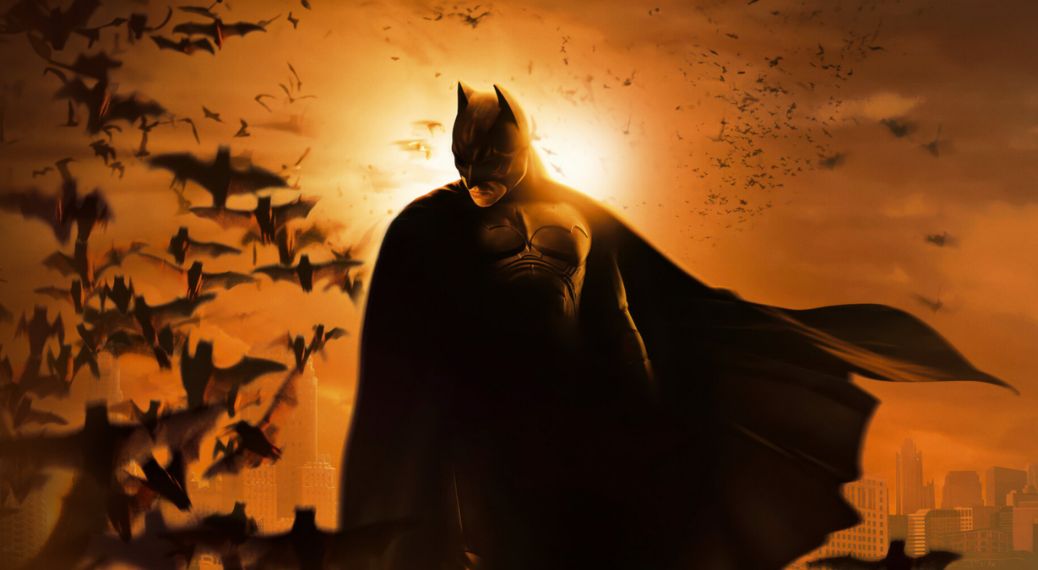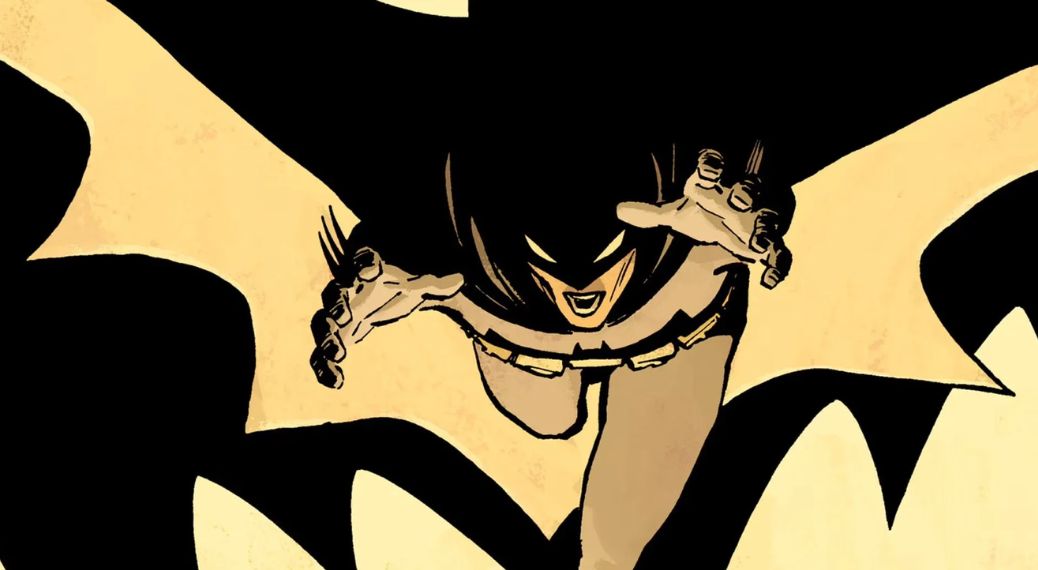What's Inside?
- Darren Aronofsky’s Batman movie was a gritty, R-rated vision co-written with Frank Miller, far removed from mainstream superhero expectations.
- Aronofsky admitted Batman was never his goal, but a stepping stone to secure funding for his passion project, The Fountain.
- Warner Bros. rejected Aronofsky’s pitch, favoring Freddie Prinze Jr. over Joaquin Phoenix, showing how differently superhero casting worked back then.
In Hollywood, not every ambitious idea makes it to the screen, and sometimes, the stories behind abandoned projects become just as legendary as the films that do. Darren Aronofsky’s Batman movie belongs firmly in that category. Long before Christopher Nolan redefined the Dark Knight with Batman Begins, the acclaimed director of Requiem for a Dream and Pi was set to bring a gritty, unconventional version of Gotham to life. Yet as Aronofsky now admits, he never truly expected the project to happen.
Darren Aronofsky’s Batman movie was more of a strategy than a passion

At the turn of the millennium, Darren Aronofsky’s reputation as a daring filmmaker had skyrocketed after Pi and Requiem for a Dream. Hollywood courted him with big studio offers, and that’s when Warner Bros. handed him the chance to reshape Batman. Working alongside comic book legend Frank Miller, Aronofsky co-wrote a script based on Miller’s Batman: Year One. It was a raw, stripped-down vision that imagined Bruce Wayne as a battered, street-level fighter instead of a polished billionaire hero.
But Aronofsky, while intrigued, had his sights elsewhere. Speaking recently on Josh Horowitz’s Happy Sad Confused podcast, the director admitted:
“That’s when Batman showed up, but I wasn’t — I was really focused on The Fountain. I really never took that seriously. I wanted to make The Fountain, that was where I was at.”
In fact, the director revealed that his involvement with Gotham’s caped crusader was part of a calculated move. By attaching himself to a high-profile property, he hoped Warner Bros. would greenlight The Fountain, a personal and ambitious story about love and immortality. He explained:
“We [Frank Miller] co-wrote a script, but my whole strategy on that one was I wanted to make this totally wild, crazy film about love and the search for the fountain of youth. And I felt like if I was on Batman, they might let me make it, which is kind of what happened, sort of.”
Ultimately, The Fountain got made, though it struggled commercially and divided critics. But Batman, as envisioned by Aronofsky, never got past pre-production.
Why Darren Aronofsky’s Batman movie never stood a chance

Even if Aronofsky had been fully committed, the Batman he and Miller envisioned was decades ahead of its time. He recalled their vision as being radically different from what studios wanted in the early 2000s:
“The Batman that me and Frank pitched — or wrote — was a really down and dirty, duct tape-type of movie. It wasn’t going to be selling Batmobiles, you know? I don’t think I was the right guy at the time. It was rated R. I think a whole world of superhero films had to first come out to scrape the bottom of that barrel before they would go to rated R films, like some of the later ones.”
The studio’s approach leaned heavily toward family-friendly spectacles and toy sales. An R-rated, duct-tape-and-grit Batman simply didn’t fit the mold. Ironically, two decades later, audiences embraced darker and more grounded interpretations in films like Logan, Joker, and Matt Reeves’ The Batman. In hindsight, Aronofsky’s “too early” approach feels strikingly prescient.
Casting also became a battleground. Aronofsky pitched Joaquin Phoenix for the role of Bruce Wayne, years before Phoenix’s Oscar-winning turn as Arthur Fleck in Joker. Warner Bros., however, leaned toward Freddie Prinze Jr., reflecting just how differently the studio viewed its target audience back then. Aronofsky laughed about it:
“Famously, I pitched Joaquin and they were into Freddie Prinze Jr., so it was a very different world back then, aesthetically, what was going on.”
Had Warner Bros. agreed to Aronofsky’s instincts, fans might have seen Phoenix don the cape and cowl long before he transformed Gotham in an entirely different way.
Looking back, Darren Aronofsky’s Batman movie feels like a fascinating alternate timeline in superhero history. It was raw, radical, and undeniably risky — qualities that would later make darker comic book adaptations successful. Instead, Warner Bros. chose a safer path, one that eventually led to Nolan’s critically acclaimed Batman Begins.
For Aronofsky, Batman was never the destination, but a stepping stone toward telling the stories he truly cared about. As he put it, Gotham was simply the means to an end: getting The Fountain made. Fans, however, are still left wondering about the Batman movie that could have changed the superhero landscape years before the genre matured into grittier territory.














